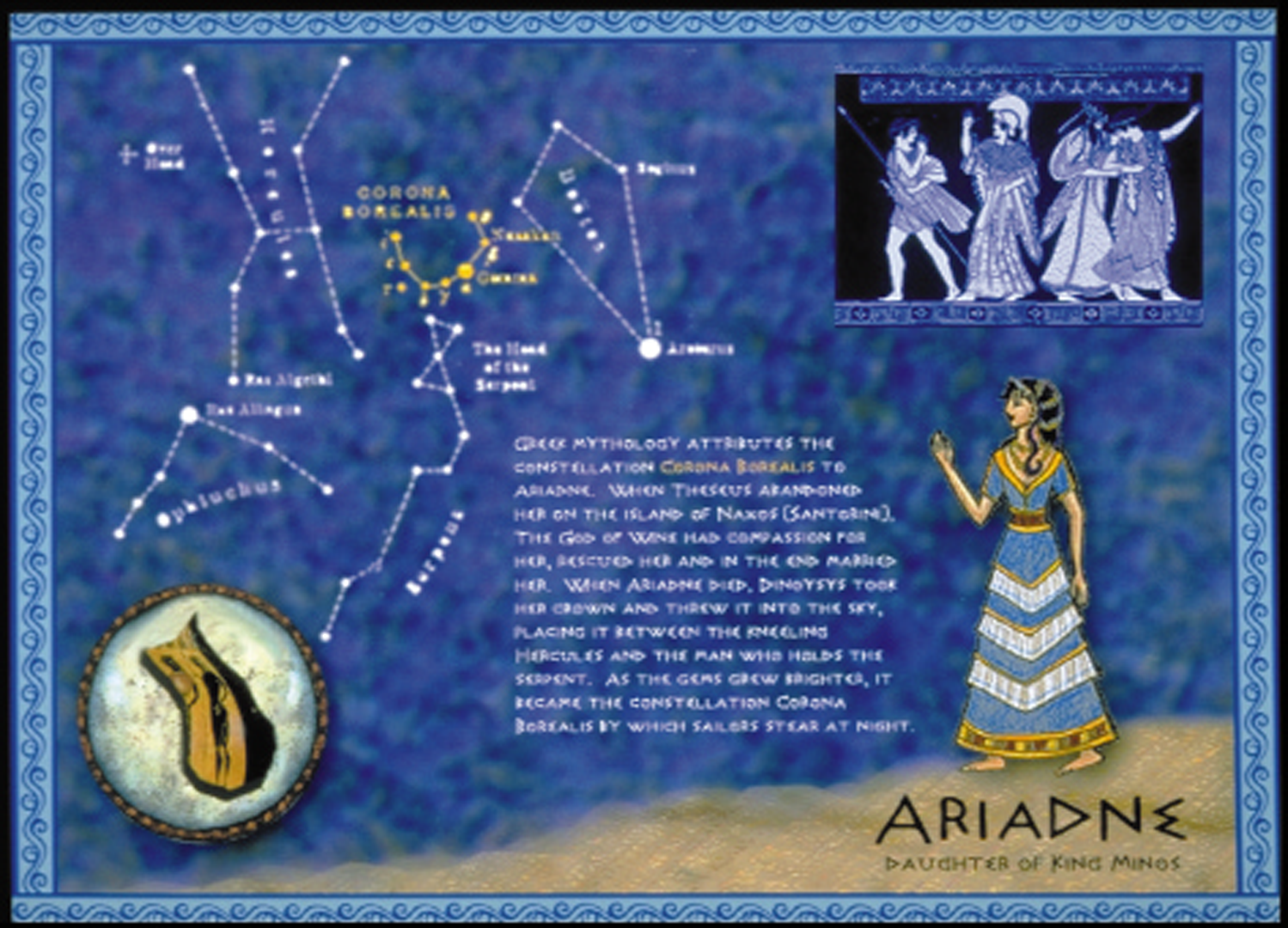“Minotaur: A Tactile Archaeology Game for Kids” by Chow
Notice: Pod Template PHP code has been deprecated, please use WP Templates instead of embedding PHP. has been deprecated since Pods version 2.3 with no alternative available. in /data/siggraph/websites/history/wp-content/plugins/pods/includes/general.php on line 518
Conference:
- SIGGRAPH 1999
-
More from SIGGRAPH 1999:
Notice: Array to string conversion in /data/siggraph/websites/history/wp-content/plugins/siggraph-archive-plugin/src/next_previous/source.php on line 345

Notice: Array to string conversion in /data/siggraph/websites/history/wp-content/plugins/siggraph-archive-plugin/src/next_previous/source.php on line 345

Type(s):
Title:
- Minotaur: A Tactile Archaeology Game for Kids
Program Title:
- Electronic Schoolhouse (Playground)
Organizer(s)/Presenter(s):
Description:
This tactile educational game on Greek mythology for children aged 6-8 is designed for presentation in a museum setting. The intent of the project is to combine the tactile nature of museum interaction design with the computer’s ability to create a stimulating audio-visual environment.
Unlike a traditional classroom setting where the course of learning is pre-structured and linear, an interactive environment allows students to choose their own paths, creating unique experiences. In essence, they become active participants in the learning process, not unlike archaeologists who unravel ancient mysteries with their brushes and spades. In the same spirit of exploration, the users of this game learn about ancient Greece and its myths through sight, sound, and touch.
The story of Theseus and the Minotaur was chosen for the game because it has all the ingredients of an adventure: a monster, a hero, romance, conflict, and the triumph of good over evil. This myth is unique in that it introduces users to Theseus, the greatest hero of Athens; Minos, the greatest ruler of Crete; and their respective cultures.
In Minotaur, users participate in an archaeological dig for treasures of ancient Greece. Their task is to find the six missing pieces of an amphora at the site and re-construct it. Each piece of the fragment represents a character of the myth depicted on the amphora. When a fragment is found and put in the right place, a mythical character, such as Ariadne, appears in the video projection, unveiling history, art, or myth-related information about the ancient world. When all six pieces are found, a short 2D animation of the myth is unfolded to the user as a reward.
Tactile interaction is made possible by embedding magnets in the fragments and magnetic switches in the amphora. An ADBIO box then relays the information to the computer, directing it to project short animated sequences onto the screen.
Reconstruction of the amphora mimics an archaeological dig; the users learn through physical interaction with the object, and segments of history are unveiled. By direct manipulation of the game (amphora fragments) rather than the mechanics (for example, the computer mouse), cognitive distance between intent and execution is minimized. Combining the tactile nature of museum design with the computer, Minotaur blurs the line between the digital and physical world, creating a more layered and fuller user experience.
This game is a graduate thesis project produced in partial fulfillment of the requirements for a M.F.A. degree from Pratt Institute.






